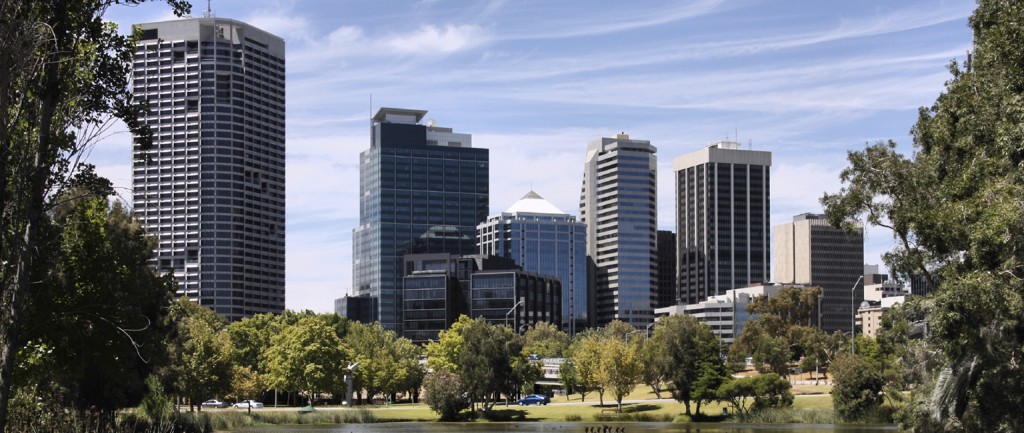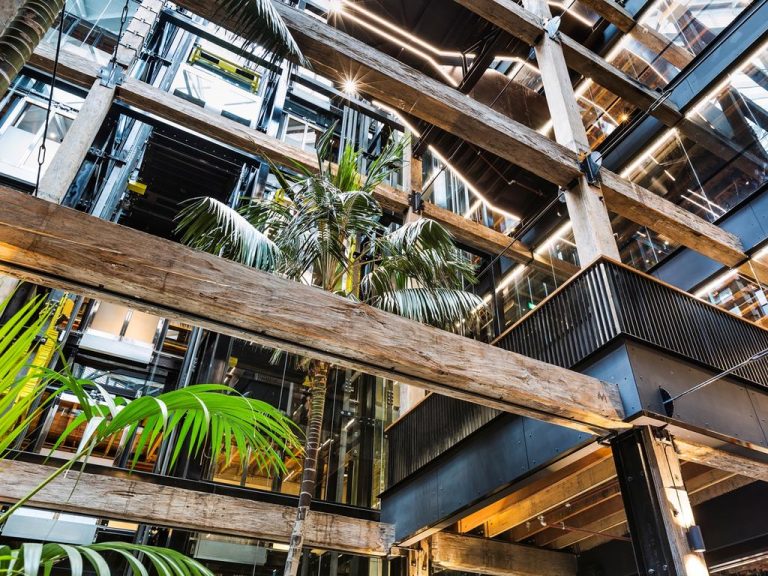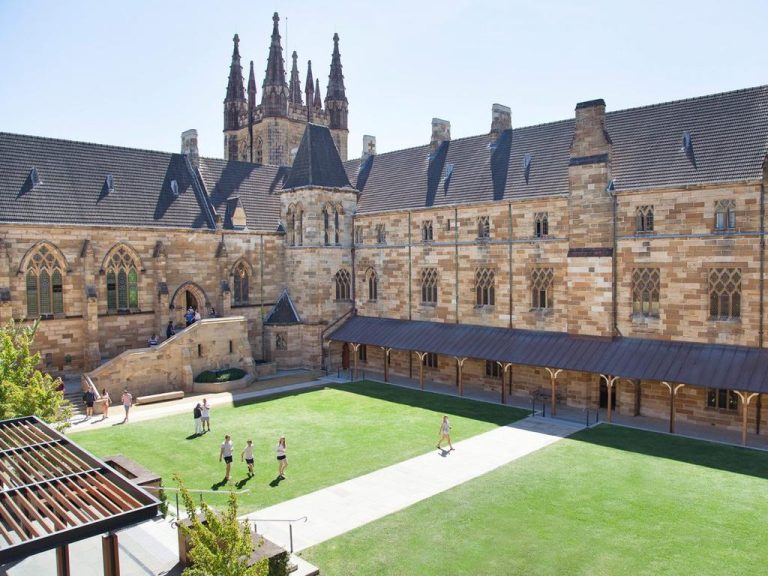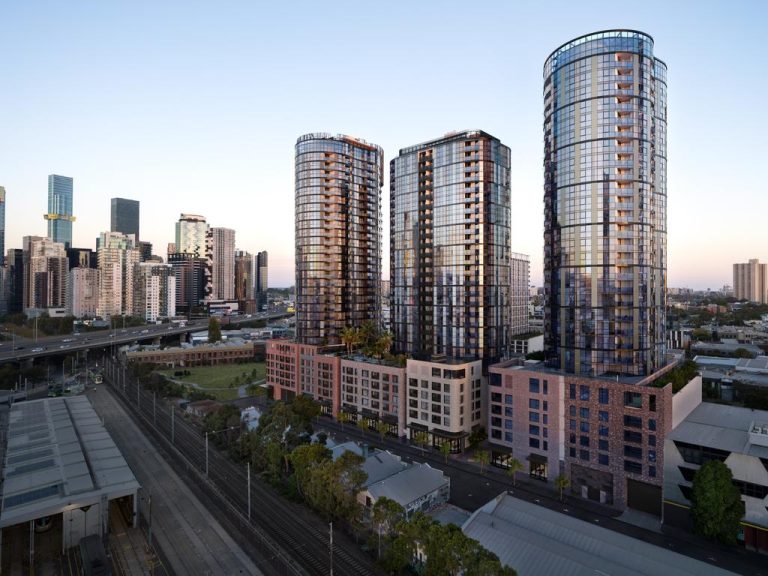Sun not about to set on Perth office market

A year ago, Perth had the country’s tightest office market, but figures from the Property Council of Australia show its CBD vacancy rate rose to 9.0% in January, up from 6.9% in July 2013.
That is a big jump in six months, so I spoke to Neil Kidd, Director Office Leasing at Colliers International, and asked him whether the end of the mining boom was drying up the rivers of gold in the West’s office market.
“Yes we are seeing the effect of a resources investment pull back and this is behind the rise in the Perth vacancy rate,” he told RealCommercial.
“There is upward pressure on incentives, which 18 months ago were in the 5%-10% range and are now in the 15%-20% range and could climb a little higher. But at the same time, there’s only been a small easing of rents.
| Property Council of Australia | |||||
| Vacancy rate (%) |
6 months to Jan 14 (sqm) | ||||
| Market | Jan 14 | Jul 13 | Additions | Withdrawals | Net Absorption |
| Perth CBD | 9.0 | 6.9 | 5,904 | 7,002 | -33,938 |
| Melbourne CBD | 8.7 | 9.8 | 29,344 | 75,532 | 4,512 |
| Sydney CBD | 9.0 | 8.9 | 49,510 | 8,748 | 33,289 |
| Brisbane CBD | 14.2 | 12.8 | 6,512 | 12,048 | -34,698 |
| All CBDs | 10.4 | 10.1 | 201,840 | 130,113 | 18,854 |
“That is a good sign and we remain pretty upbeat here. There are not many owners with real concerns at the moment and investor sentiment remains strong.”
PCA’s figures show tenant demand is weakest in Perth’s A-Grade market, which saw a significant jump in vacancies. This is in stark contrast to Premium, where vacancies halved, and D-Grade, where they declined.
“Most of the weakness is centred on engineering,” Kidd told me. “The enquiries we are getting from engineering firms are for 500 sqm or less or above 2000 sqm. It is the middle market, that whole-of-floor type enquiry, where the decline is being felt.
“But I don’t expect it to continue. There are big government spends to come in infrastructure which will benefit this sector.
“The question on the horizon is in the oil and gas industry and whether the design work will follow production and construction offshore. These businesses have acquired a lot of talent over the last seven years and if they move offshore, it could impact requirements in the A and B-Grade markets.”
| Property Council of Australia | ||||
|
Vacancy rate (%) | Net absorption (sqm) | |||
| Grade | Jan 14 | Jul 13 | 6 months to Jan 14 | 12 months to Jan 14 |
| Premium | 1.4 | 2.7 | 2,345 | 7,852 |
| A | 10.2 | 6.3 | -21,296 | -26,971 |
| B | 11.3 | 9.4 | -9,325 | -16,125 |
| C | 12.3 | 9.7 | -5,058 | -10,594 |
| D | 7.4 | 9.0 | -604 | -604 |
| Total | 9.0 | 6.9 | -33,938 | -46,442 |
Even if that eventuates, the Perth market has matured significantly over the past decade and institutions are keen to have an exposure. Few projects are undertaken without 60% pre-commitments and, as Kidd points out, that means there’s not a great deal of new supply in the next two years.
“When we look at the development pipeline, what we find is 5000 metres of new space at 863 Hay St and Workzone, which is currently in the market. Apart from that, we don’t see many decent licks of new space until late 2015,” he said.
“If I were advising a new investor, I would be telling them there is potential for the slack to reverse quickly and some well-located A, B and C-grade buildings are ripe for refurbishment.
“Two of these buildings in dire need of investment are on St Georges Terrace, right next to the Elizabeth Quay / Waterfront project.
“When you look at limited new supply, urban renewal and 1,000 people moving to Perth each week, tyranny of distance is actually a positive these days.”







